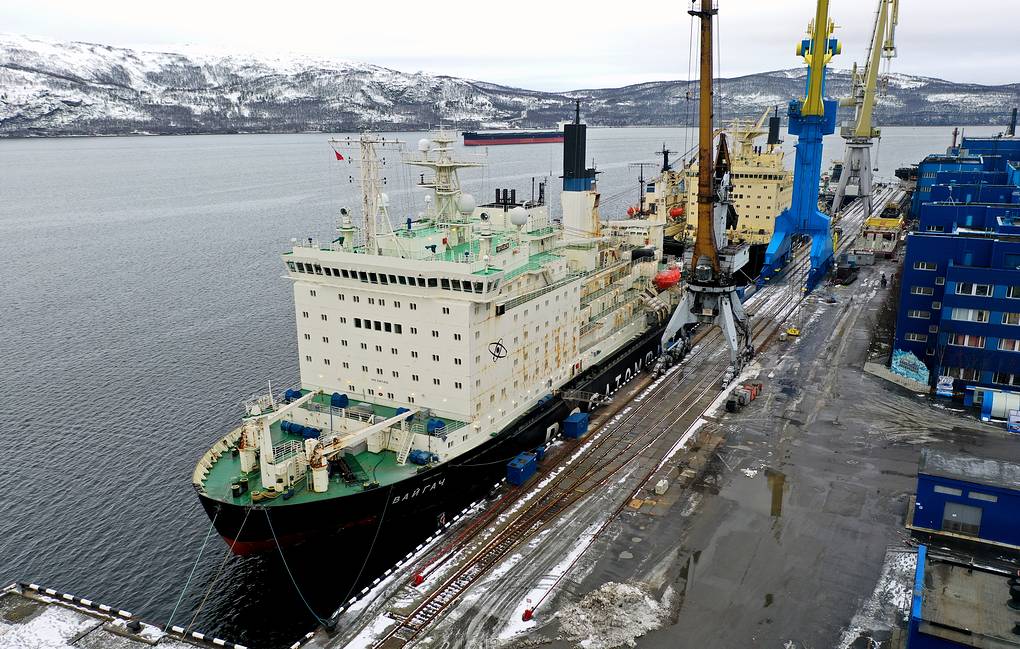The standstill in wind energy production due to a protracted lack of wind in the North Sea and a record spike in gas prices have dramatically increased Europe’s demand for coal. Although high carbon taxes apply to coal energy generation, raising its costs, it is still cheaper than using gas, Rossiyskaya Gazeta notes.
The economic growth that followed the 2020 decline is adding fuel to the fire, and rising demand for electricity and steel (whose production requires coal) has more than doubled coal prices in the past year. According to the Russian Energy Ministry, the export of Russian coal to European countries increased by 2.4% in January-June of 2021.
Meanwhile, the European Union’s goal to achieve carbon neutrality remains unchanged. Still, green plans may play into the hands of Russia’s coal industry, Deloitte CIS expert Grigory Grapendaal pointed out. In his view, given the current spike in gas prices and a high electricity demand, Europe’s consumption of coal may grow in the next few years. However, in the long run, the EU’s ambitious plans to decarbonize the economy should be taken into account as exports may drop.
Finam analyst Alexei Kalachev has a similar view of the situation. He believes that the rise in coal prices in Europe this year was caused by several factors, which include recovering energy consumption, weather anomalies, gas shortages and high gas prices. None of these factors is permanent so they won’t make the EU abandon its decarbonization policy. According to Kalachev, the coal industry’s future mostly lies with Southeast Asia countries. Given their high rates of economic development, the region’s coal consumption will continue to grow for at least several years, even if coal’s share in energy production declines.


Comment here